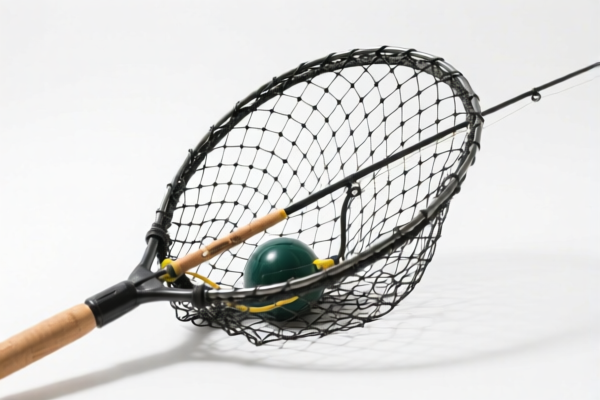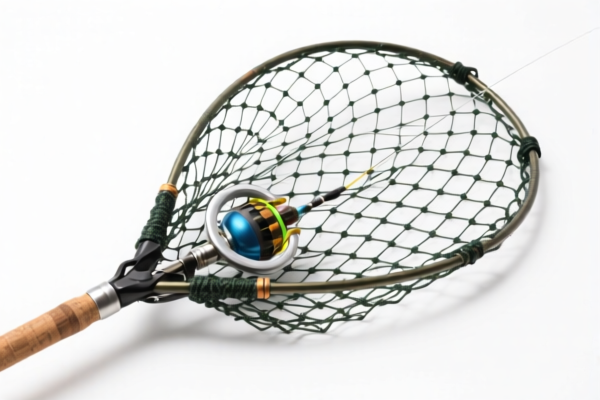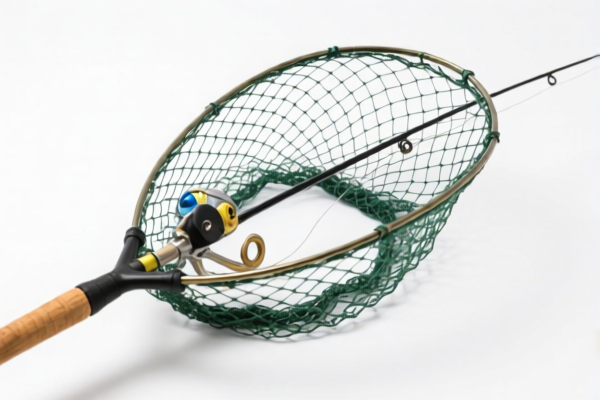| HS Code | Official Doc | Tariff Rate | Origin | Destination | Effective Date |
|---|---|---|---|---|---|
| 6306905000 | Doc | 34.5% | CN | US | 2025-05-12 |
| 5608192090 | Doc | 60.0% | CN | US | 2025-05-12 |
| 3923900080 | Doc | 58.0% | CN | US | 2025-05-12 |




Okay, let's break down the HS codes and tax implications for your declared "Insect Netting" items. Here's a structured analysis to help you understand the classification, duties, and potential considerations:
Understanding HS Codes: A Quick Primer
The HS (Harmonized System) code is a six-digit international commodity classification code. Here's how it generally works:
- First 2 Digits (Chapter): Broadly defines the category of goods (e.g., 63 for textiles).
- Next 2 Digits (Heading): Narrows down the category (e.g., 06 within 63 specifies woven fabrics).
- Last 2 Digits (Subheading): Provides a more specific classification.
Item-by-Item Analysis
1. Tarpaulins, awnings and sunblinds; tents (including temporary canopies and similar articles); sails for boats, sailboards or landcraft; camping goods: Other: Of other textile materials
- HS Code: 6306.90.50.00
- Chapter 63: Textiles. This indicates the item is fundamentally a textile product.
- Heading 6306: Tarpaulins, awnings, tents, etc. This narrows it down to items used for covering or shelter.
- Subheading 6306.90.50.00: "Other" textile materials. This suggests the netting isn't made of specifically listed textile types (like cotton or flax).
- Tax:
- Basic Duty: 4.5%
- Additional Duty: 0.0% currently.
- Post April 2, 2025: Additional duty increases to 30%.
- Total Tax: 34.5% currently.
Important Considerations:
- Textile Composition: Crucially, confirm the exact textile materials used. If it falls under a more specific textile category (e.g., polyester, polypropylene), a different HS code might apply, potentially changing the duty rate.
- End Use: While classified as camping goods, confirm the primary intended use.
2. Knotted netting of twine, cordage or rope; made up fishing nets and other made up nets, of textile materials: Of man-made textile materials: Other: Other Other (229)
- HS Code: 5608.19.20.90
- Chapter 56: Textile waste and textile fabrics.
- Heading 5608: Knotted netting. This is a specific classification for netting structures.
- Subheading 5608.19.20.90: Man-made textile materials, "Other". This indicates the netting is made from synthetic fibers (e.g., nylon, polyester).
- Tax:
- Basic Duty: 5.0%
- Additional Duty: 25.0% currently.
- Post April 2, 2025: Additional duty increases to 30%.
- Total Tax: 60.0% currently.
Important Considerations:
- Material Verification: Confirm the netting is definitively made of man-made fibers. Natural fiber netting would have a different HS code.
- Mesh Size & Intended Use: While broadly "netting," the specific mesh size and intended use (insect protection, fishing, etc.) could influence classification.
- "Made Up" vs. "Not Made Up": The "made up" designation suggests it's ready for use (e.g., with edges, attachments).
3. Articles for the conveyance or packing of goods, of plastics; stoppers, lids, caps and other closures, of plastics: Other Other
- HS Code: 3923.90.00.80
- Chapter 39: Plastics and articles thereof.
- Heading 3923: Articles for the conveyance or packing of goods, of plastics.
- Subheading 3923.90.00.80: "Other" plastic articles. This is a broad category for plastic items not specifically listed elsewhere.
- Tax:
- Basic Duty: 3.0%
- Additional Duty: 25.0% currently.
- Post April 2, 2025: Additional duty increases to 30%.
- Total Tax: 58.0% currently.
Important Considerations:
- Plastic Type: Confirm the type of plastic used. Different plastic types could lead to a different HS code.
- Primary Function: Is this item primarily for packing or conveyance?
- Is it a component? If it's a component of another item, it might be classified differently.
General Recommendations & Next Steps:
- Material Certificates: Obtain certificates of origin and material composition for each item. This is crucial for accurate classification.
- Detailed Product Specifications: Have detailed specifications for each item (mesh size, dimensions, plastic type, fiber content, etc.).
- Ruling Request (Optional): If you're unsure about the classification, consider requesting a binding ruling from the customs authorities. This provides legal certainty.
- Monitor Tariff Changes: Be aware of the upcoming tariff changes on April 2, 2025, and factor them into your cost calculations.
- Invoice Accuracy: Ensure your commercial invoice accurately reflects the product description, material composition, and value.
Disclaimer: I am an AI assistant and cannot provide definitive customs rulings. This information is for general guidance only. You should consult with a qualified customs broker or consultant for specific advice tailored to your situation.
Customer Reviews
The page provided useful details on the HS codes and their corresponding tariffs. However, I wish there were more examples of how to apply this information to real-world scenarios.
I was confused about the classification of my netting, but the explanation about HS Code 5608192090 and its 60% tariff was extremely helpful. Thank you for the clarity!
Great resource for understanding the 58% tariff on HS Code 3923900080. It helped me calculate the cost implications for my plastic insect netting shipments to the US.
The detailed breakdown of HS Code 6306905000 was exactly what I needed. It clarified the tariff rate and the classification for my insect netting exports to the US.